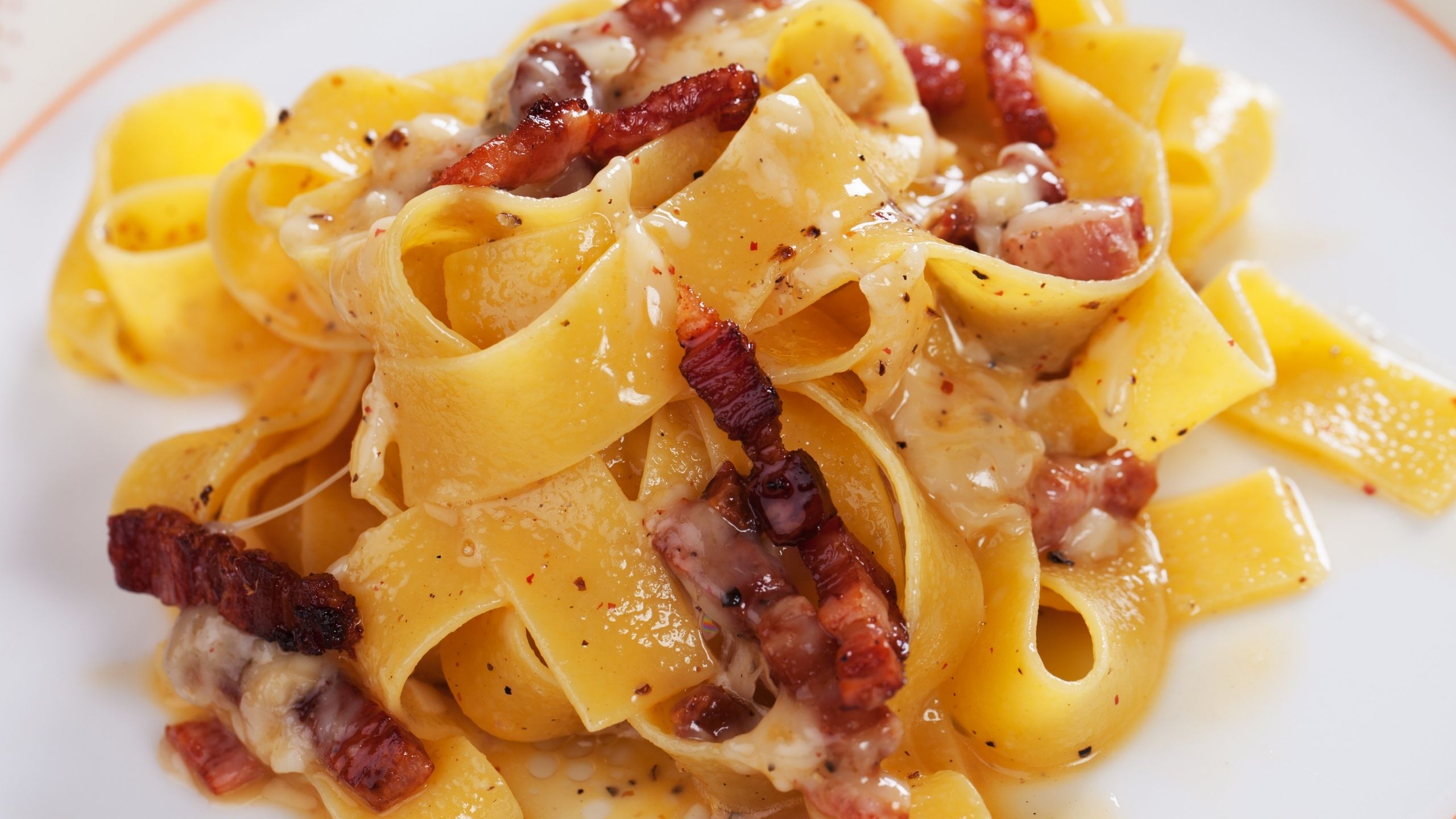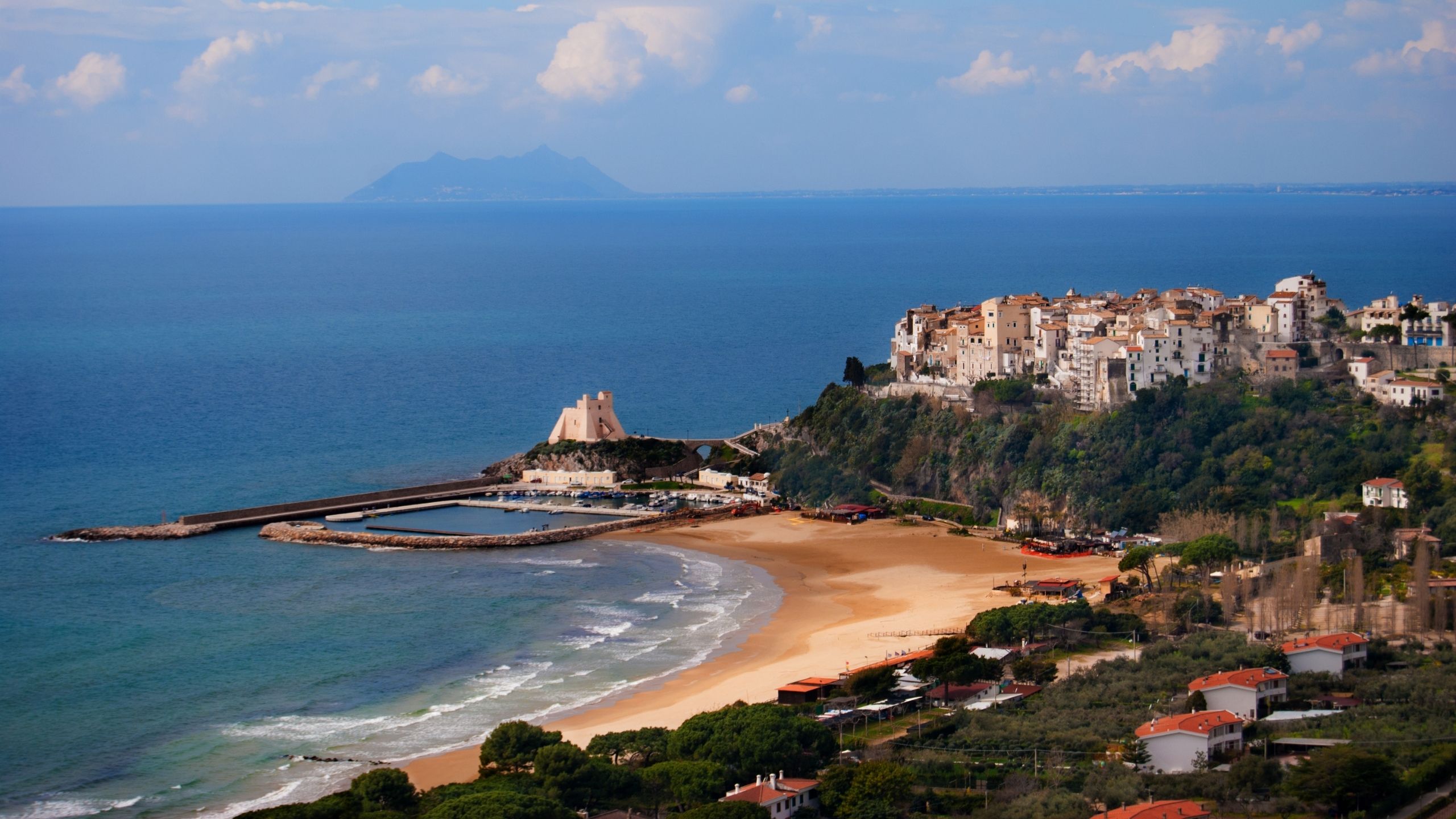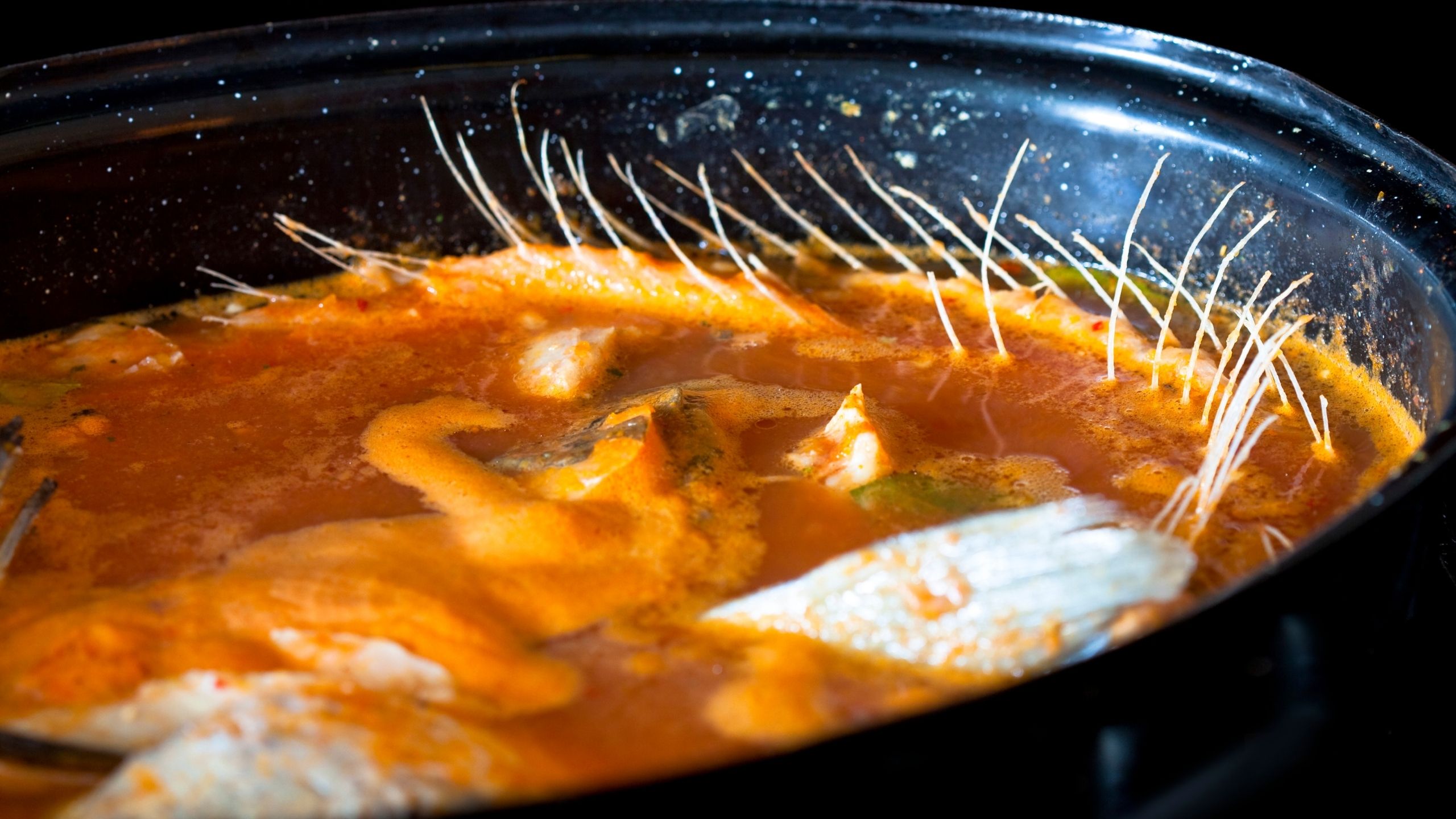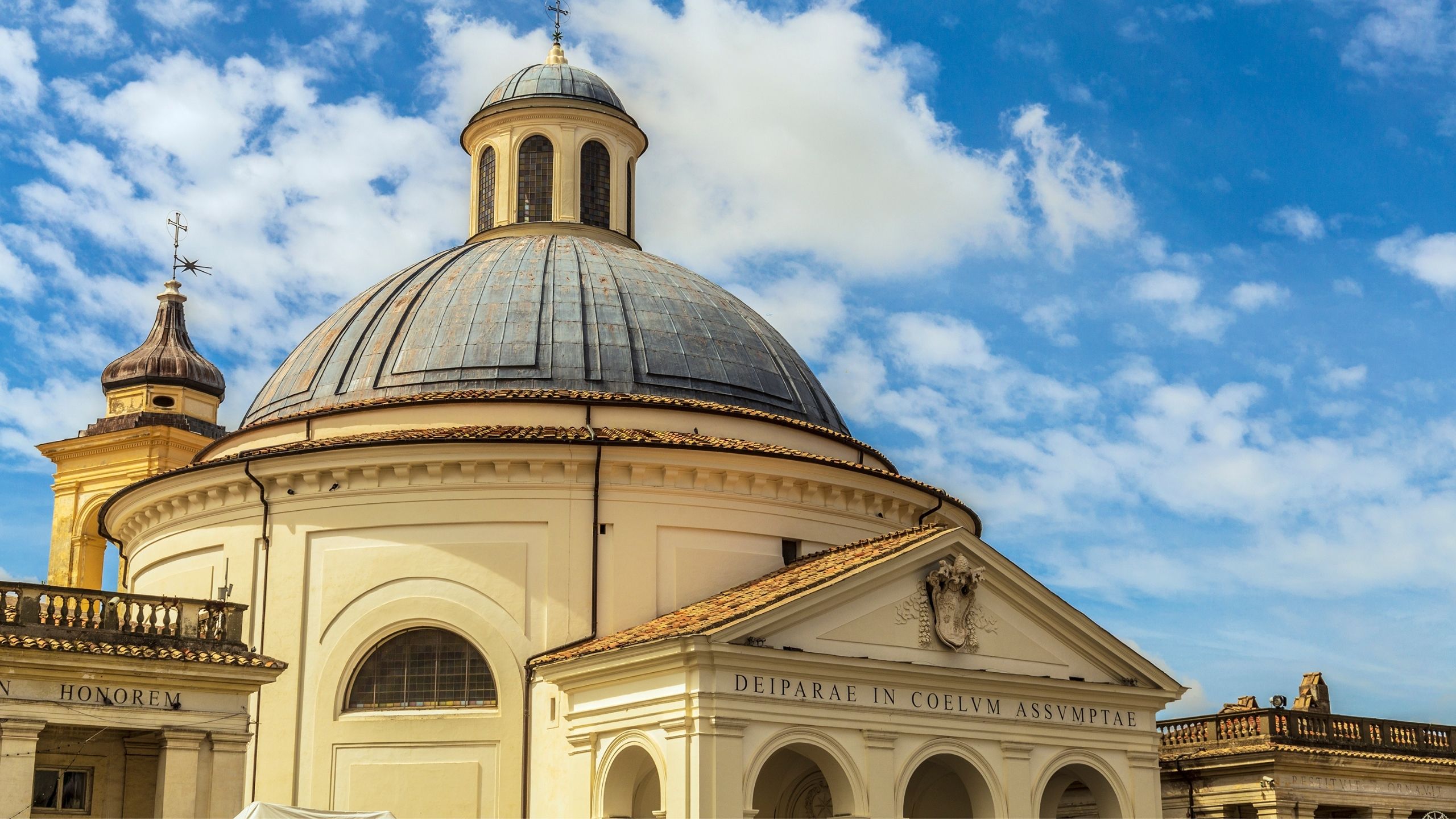10 typical dishes of the cuisine of Rome and its province
The typical Roman cuisine is one of the tastiest and most ancient of the peninsula. At the base of the traditional recipes there are many products of the territory, of rural and peasant origin. Many of the ingredients of Roman culinary specialties are vegetable and animal products.
Roman cuisine is characterized by preparations handed down from generation to generation, with typical recipes of ancient festivities. In addition, the culinary tradition of the area has numerous nutrients and dishes rich in fats, proteins and more. In fact, the dishes of Roman culture had the aim of supporting those who worked in the fields all day and needed the energy obtained from a maximum of two meals during the day.
There are many typical Roman dishes and some are a true symbol of Italian cuisine in the world. Among these there are many dishes such as pasta and first courses in broth, but also dishes based on legumes and vegetables, cereals, cheeses and fruit.
1. La Carbonara: the emblem of the city of Rome
The dish that best represents Roman tradition and cuisine is certainly carbonara. This dish is one of the tastiest in the world and certainly one of the symbols of Italian cuisine, which is why it is also reinterpreted abroad. There are numerous theories on its birth, but what is certain is that today it is one of the most popular dishes by the palates of Italians and abroad.
This dish also provokes numerous debates about the necessary ingredients and the difference between the traditional recipe and the more modern alternatives. The more traditionalists say that only egg yolks, guanciale, pecorino romano, salt and pepper are needed.
2. Pasta alla Gricia
Another typical Roman first course is pasta alla Gricia. Perhaps less known than carbonara, this dish is considered the ancestor of the matriciana. This dish is also very caloric and its ingredients are produced by Lazio shepherds, especially Romans, who could easily produce. At the base of this first course are rigatoni, guanciale, pecorino romano and salt. Its preparation is simple but the dish is very tasty. The theory on the name of pasta alla Gricia argues that the name derives from the Grici, the bakers of Switzerland and some areas of Germany who had immigrated to Rome and prepared simple dishes to prepare in a short time, as they were all day in the shop and they could not waste any more cooking.
3. Artichokes alla Giudìa
The Giudìa artichokes are another typical dish of Roman cuisine. The basis of this recipe is a crispy frying of artichokes, which transforms them into real chips. This preparation originates in the ancient Roman taverns, in particular in the area of the Jewish ghetto. Furthermore, the artichoke is a very ancient ingredient, which was used in the 16th century. The original recipe calls for the use of Roman artichoke, a particular variety of vegetables that is grown between Ladispoli and Civitavecchia, which does not have thorns, so it can be eaten entirely.
4. The “abbacchio”
The Roman abbacchio is certainly one of the best known typical dishes of Rome. This ingredient is the protagonist of many recipes with strong or delicate flavors. Abbacchio can be defined as a very young butchered lamb, in order to obtain a very tender and pinkish meat. It is one of the most genuine and traditional products of Rome as well as of the region and is used in the classic recipe accompanied by potatoes and often cooked in a scottadito.
5. The tradition of offal: the fifth quarter
The fifth quarter is one of the dishes of the oldest Roman culinary tradition. In fact, at the base of this preparation there are offal, that is the internal part of the animal. According to tradition, in past centuries these parts of the animal were considered the least noble and therefore were consumed by those who could not afford the most valuable parts of the meat. The name derives from the exclusion of offal in the division of the four cuts of meat (therefore anterior and posterior), this part of the animal does not in fact fall within the subdivision of the different cuts. The fifth quarter includes many parts of the animal: from the lungs to the heart, from the kidneys to the tripe, from the liver to the spleen, to the intestine, from the legs to the tail, from the tongue to the testicles.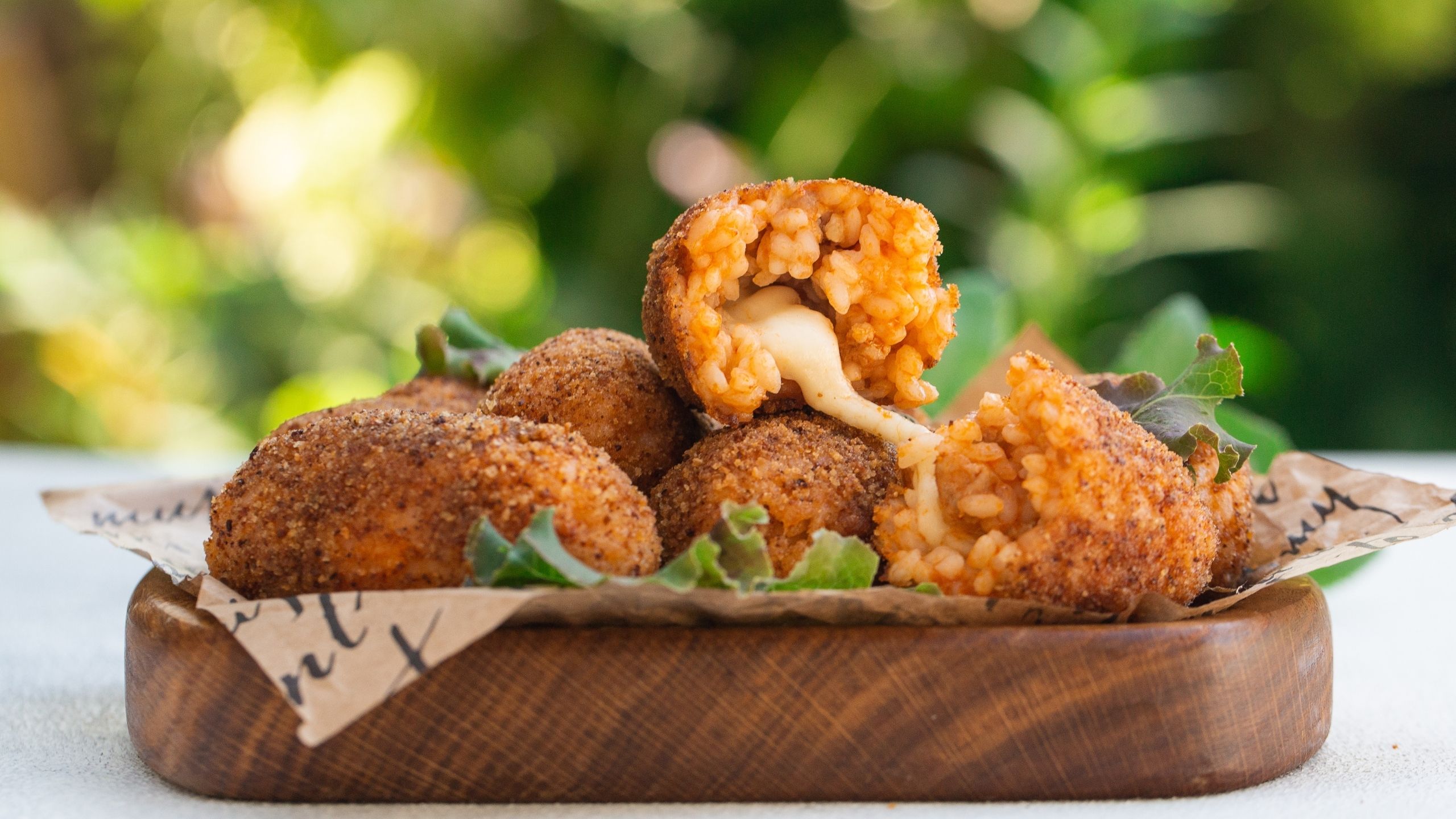
6. The Roman trippa
When dealing with the theme of offal in typical Roman cuisine, one cannot fail to mention the famous Roman trippa. This meat dish has very strong flavors and intense aromas, which originate in the use of the internal parts of the animal, namely the tripe. The original recipe calls for the use of tripe, pecorino romano, guanciale, celery, carrot and onion, white wine, tomato pulp, mint, black pepper and garlic. It is one of the most complex dishes of the Roman tradition, in particular for the cleaning phase of the tripe, which determines the flavor of the dish.
7. Roman supplì
The supplì are among the traditional Roman recipes. Used as an appetizer or as a first course, this preparation is not complex but very tasty and full of aromas. These delicacies are also called "supplì on the phone", because they are eaten after being half opened in order to let the sauce come out. At the base of the supplì there is the use of rice such as arancini, but inside there are ragù and mozzarella. Once made, the supplì are dipped in egg, passed in breadcrumbs and fried.
8. Filetti di Baccalà: typical fish dish
This typical Roman dish belongs to the Jewish tradition of the city. The basis of the preparation is fried cod in batter, served with yellow squash, potatoes, cauliflower, broccoli and other battered vegetables. This ingredient was considered a poor product, but today it is also consumed in street food and prestigious restaurants, made with care.
9. Coda alla vaccinara
Coda alla vaccinara is a dish of the poorest Roman culinary tradition. In fact, this preparation comes from the Vaccinaries, those who lived in the ancient Roman quarter and slaughtered cattle. At the base of this dish is oxtail, which requires very long cooking times and low heat. It is often cooked with chopped vegetables and peeled tomatoes.
10. Other typical dishes
At the end, another recipe known throughout Italy but belonging to the typical dishes of Roman cuisine is saltimbocca. The basis of this dish is veal, seasoned or covered with raw ham and sage. The meat is marinated in white wine and is often accompanied by capers.
Often attributed to the Roman culinary tradition there are also the bucatini all'amatriciana, which however originate from Amatrice and are a condiment based on tomato, pecorino cheese and guanciale. Among the other dishes that can be tasted in Rome are the pizza cresciuta, the anchovy and endive pie, the polenta with pork ribs sauce, the fettuccine, the gnocchi alla romana, the vermicelli cacio e pepe, the pinsa and much other.
